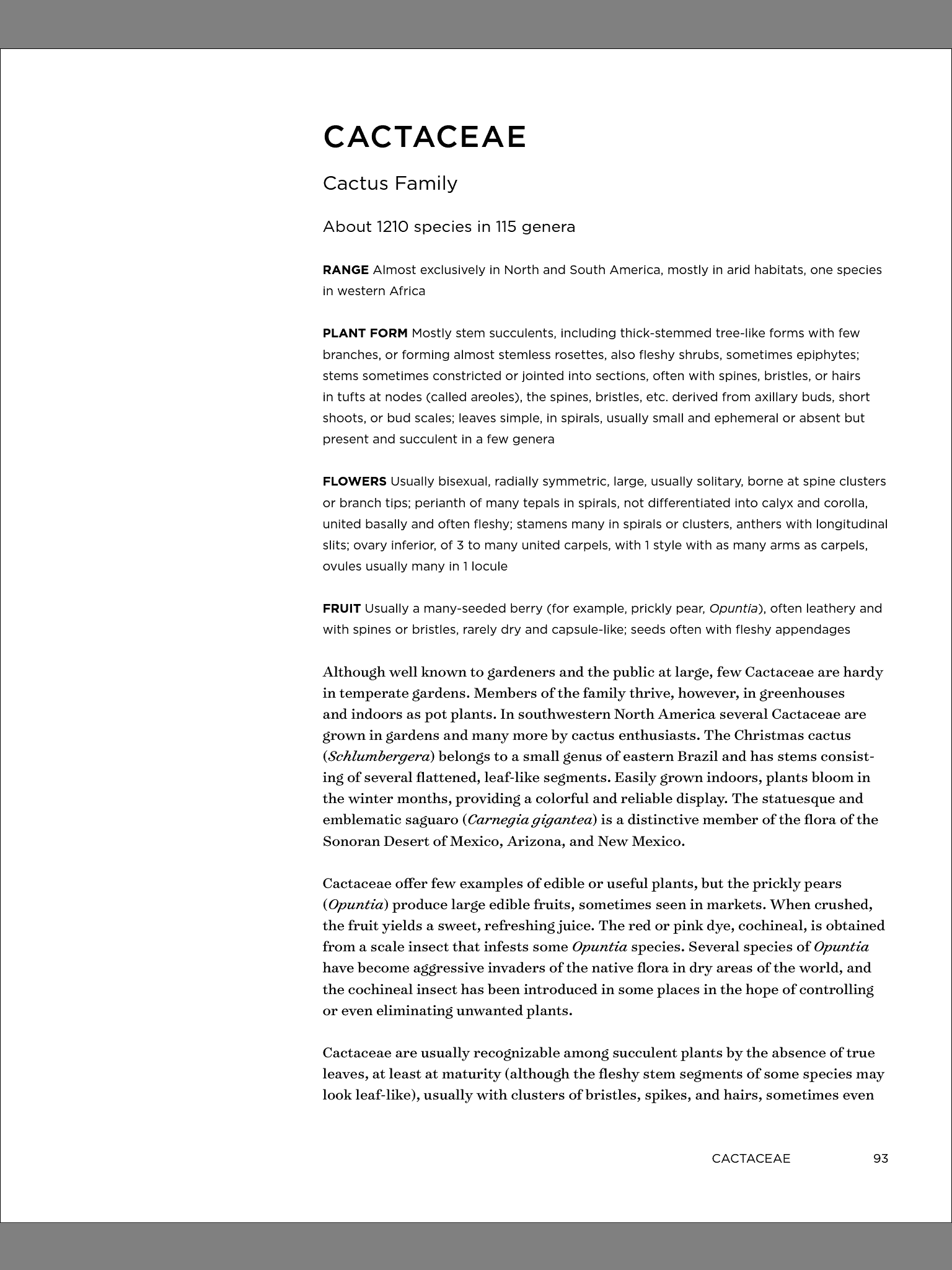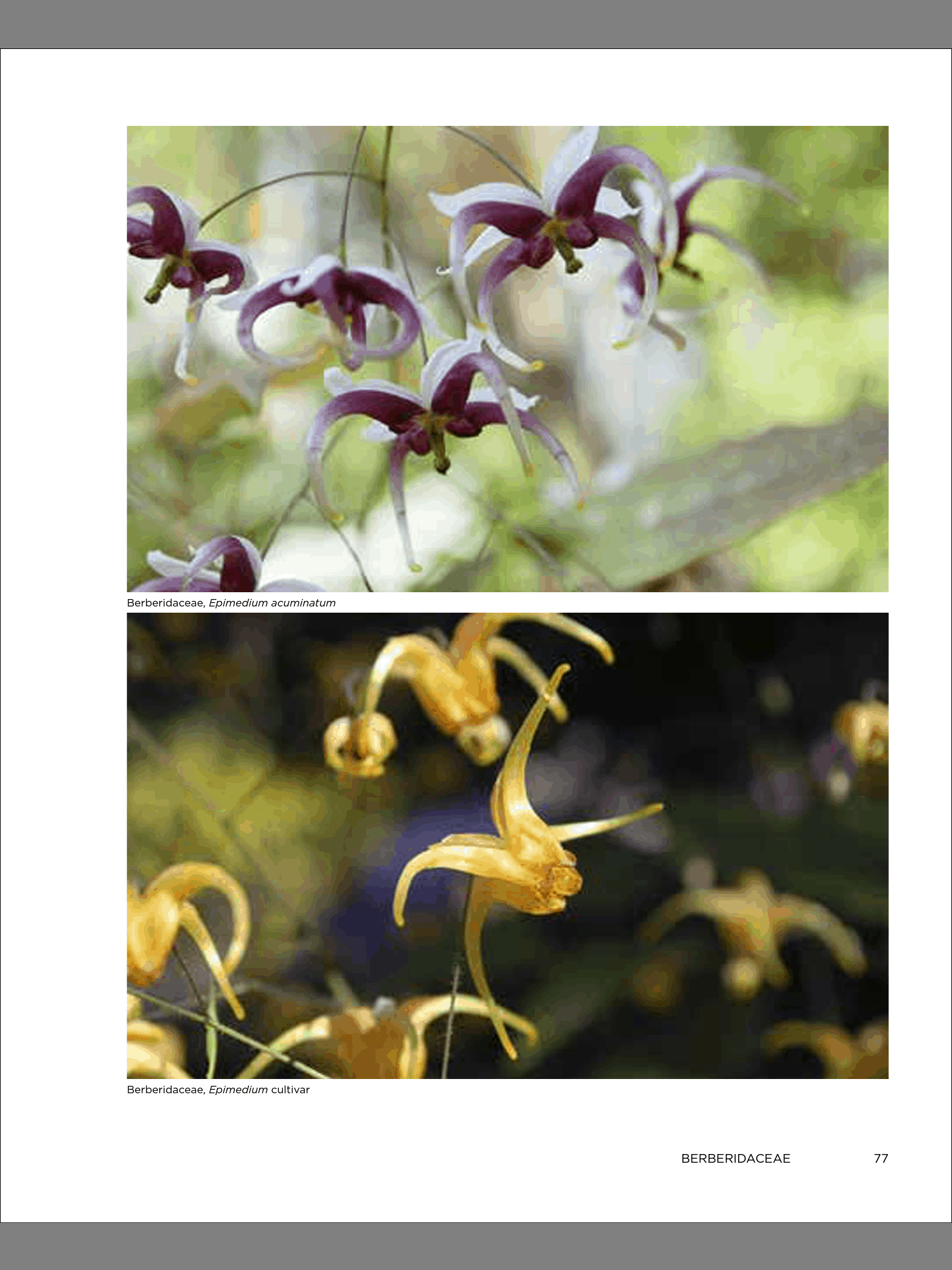Whilst I am most definitely not a horticulturist, I am terribly curious and I love learning. Do not be put off by the scientific sounding title or serious cover, this book is wonderful! It is designed to be a reference book but so enthralled by the interesting facts and surprising connections was I, I read it straight through! I have since referred back to it several times to guide my plant matching and planning.
Each family of temperate plant is discussed both in terms of identification, it’s flowers, fruit, relations and uses. Understanding the overarching structure of plants and how each is related helps in understanding each plant individually so much better! I also love knowing things like the agave is a relative of asparagus and is used to make tequila! Fascinating facts abound! I also have a new respect for the importance of the Latin naming as it makes remembering who is who so much easier! The drawings are gorgeous and the photos helpful!
Many of the plants are highly poisonous, and it’s deadly uses explained. I was amuse do to think, in a whodunit, this book would most definitely count against any murder suspect who owned it!
It is a five out of five on the en-JOY-ment scale and if you have a love for plant, I highly recommend it!
From the back cover:
Determining which family a plant belongs to is a crucial horticultural skill. Organizing plants by family provides a framework for thinking about plant characteristics and for arranging thousands of plant names in a coherent and predictive pattern. This is especially important now, as advances in DNA analysis have recently altered much of the world of botanical taxonomy. In Temperate Garden Plant Families, Peter Goldblatt and John C. Manning teach readers how to identify the most horticulturally important temperate plant families. Introductory information includes an overview of family classification, plant nomenclature, and plant morphology. The comprehensive A–Z of plants includes profiles that include information on the number of species and genera, plant form, flowers, fruit, and a short description. Each profile is illustrated with color photographs and botanical illustrations. This comprehensive identification guide is for botany and horticultural professionals, nurserymen, advanced gardeners, and students of botany and horticulture.
I received a complimentary copy of the book from Timber Press through NetGalley. Opinions expressed in this review are completely my own.




